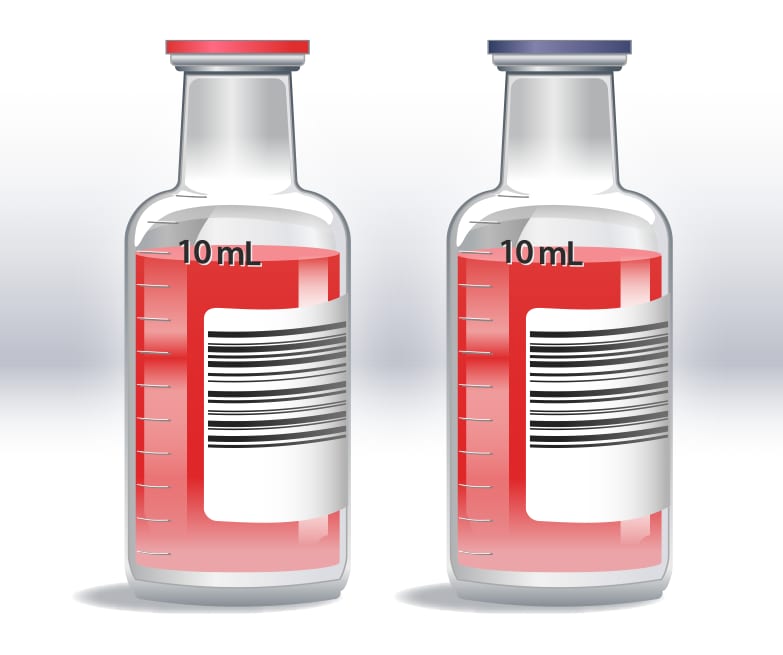What to know
- A single blood culture set collected in 24 hours lacks sufficient volume for accurate testing.
- Single-set blood cultures aren’t eligible for use in blood culture contamination rate calculations but must be addressed.
- Learn to calculate your single-set blood culture rate.

Overview
When healthcare staff collect only one blood culture set from a patient in a 24-hour period, the laboratory will not have an adequate volume of blood to reliably diagnose bacteremia or identify a possible contaminated blood culture. These single-set blood cultures do not meet the primary measure eligibility criteria and should not be included when calculating the blood culture contamination (BCC) rate, but they must not be ignored.
The sub-measure is a way to calculate the relative incidence of single-set blood culture collection at your facility over a given period. Understanding how often healthcare staff collect an inadequate volume of blood for diagnostic purposes is critically important to maintaining quality practices at your facility and improving patient care. The Centers for Disease Control and Prevention (CDC) encourages you to calculate your institutional single-set blood culture rate at least monthly in conjunction with the BCC rate.
This section provides a method to help you:
- Determine which specimens are eligible for inclusion in the sub-measure.
- Report single-set blood cultures to the clinician.
- Calculate your institutional single-set blood culture rate.
Sub–Measure Eligibility Criteria
Include a blood culture set in the sub-measure calculation if it meets the following criteria:
- Patient is at least 18 years old.
- Patient may be present in any hospital department such as ICU, ED, inpatient floors, step-down units. (No outpatients)
- Institutions may choose to include outpatients in their analysis.
- Institutions may choose to include outpatients in their analysis.
- Only one blood culture set is collected in a 24-hour period.
Reporting single-set blood cultures to the clinician
If a single-set is received a comment could be added to the test result as follows:
"Single-set blood culture received; at least two sets needed to achieve the optimal volume (40-60 mL) for diagnosis of bacteremia, or false negatives may occur. Recommend drawing additional blood culture sets if clinically indicated."
This comment alerts the clinician that an inadequate volume of blood was received in the laboratory for testing and allows them to evaluate the clinical situation and determine the next steps, if needed.
Calculate the single–set blood culture rate
To calculate the single-set blood culture rate, divide the total number of sub-measure eligible blood culture sets by the total number of blood culture sets collected during the monthly evaluation period, multiplied by one hundred.
- Denominator: Using data from the LIS, identify all blood cultures collected by identifying all blood culture order codes within a specified timeframe (usually monthly)
- Numerator: Using data from the LIS, identify all single-set blood cultures by identifying all events when only one bottle or one blood culture set (usually 1 aerobic and 1 anaerobic bottle) was collected in a specified timeframe (usually monthly)
- Calculate the single-set rate by dividing the number of single-set blood cultures either one bottle or one blood culture set (usually 1 aerobic and 1 anaerobic bottle) by the total number of blood culture sets collected.
Number of single set blood cultures without another set
Collected within 24 hours
_______________________________________________________________________________ x 100
Total number of blood culture sets collected*
Total number of blood culture sets = Total number of two or more sets plus the total number of single–sets either one bottle or one blood culture set.
